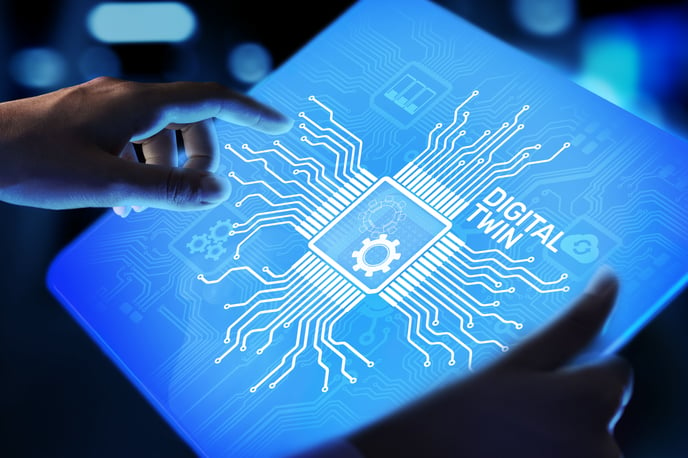How digital twin technology is advancing the speed, accuracy, and efficiency of solar operations.

According to Wikipedia, a digital twin is “a virtual representation that serves as the real-time digital counterpart of a physical object or process”. In the solar industry, digital twin technology can be used to explain how a solar asset will perform given complex real-time weather conditions. Solar asset owners and operators have historically relied on energy models and traditional weather stations to finance, design, and operate their plants. But digital twin technology is a new benchmarking tool in the kitbag that will advance every aspect of operations.
Denowatts developed the Deno® Digital Twin Benchmark (DTB) technology to measure solar performance more accurately, efficiently, and quickly, replacing traditional weather stations. Deno DTB technology brings advances in the Internet of Things (IoT), Edge Computing, and Artificial Intelligence (AI) together to construct digital twins of solar assets.
Denowatts’ core technology utilizes the Deno simulator which is approximately the size of a TV remote control and is mounted in the plane of array of solar modules. Wireless and self-powered, the Deno simulator measures light and temperature conditions, while computing real-time Expected Energy data based on the initial energy model. Deno DTB technology further utilizes AI techniques to learn the actual operating profile of each solar array. The benefit of the Denowatts Learned ™ Energy analytics is to deliver actionable insight based on the as-operating conditions of solar assets, whether to enhance modeling techniques or to improve day-to-day plant operations.
